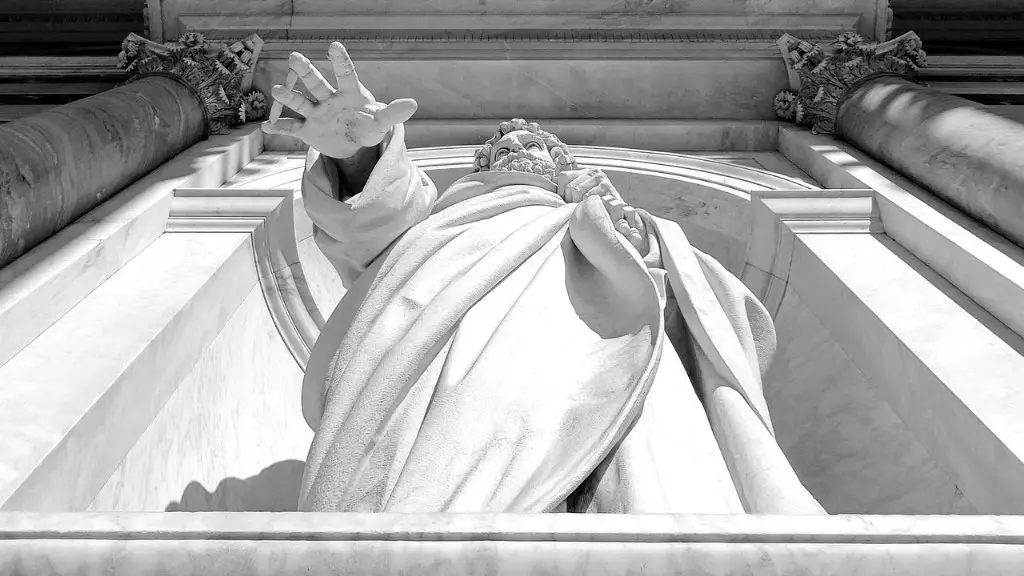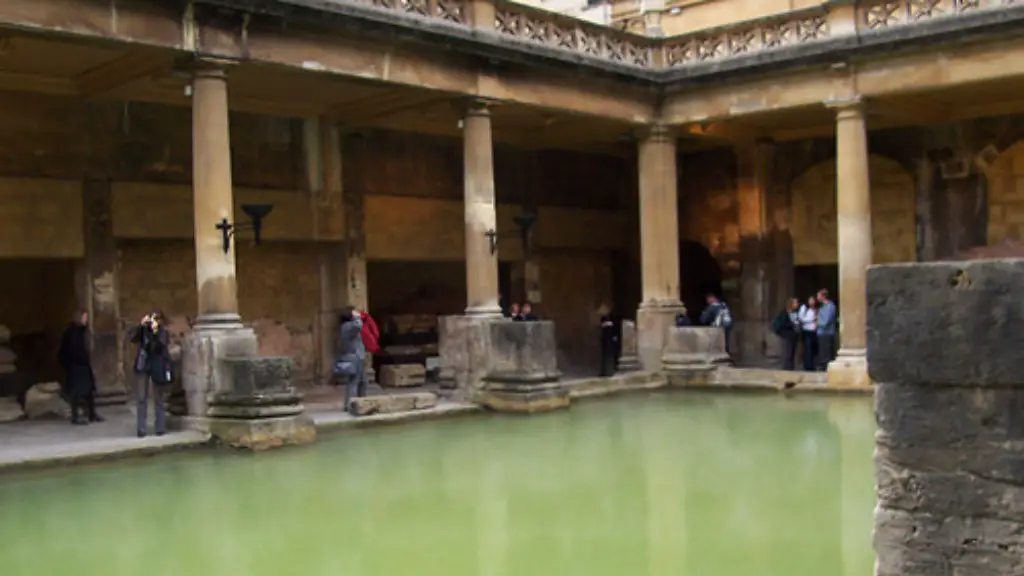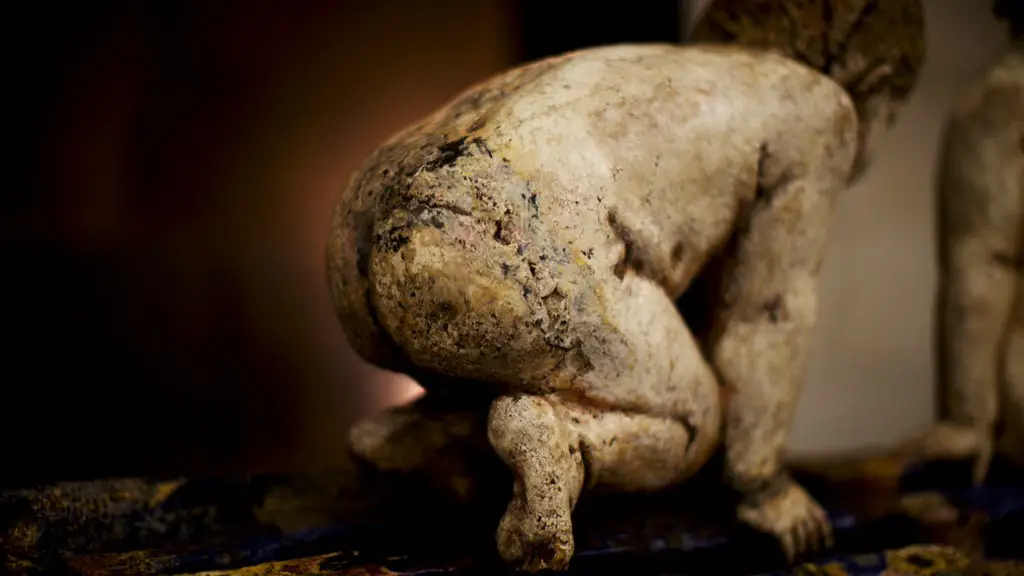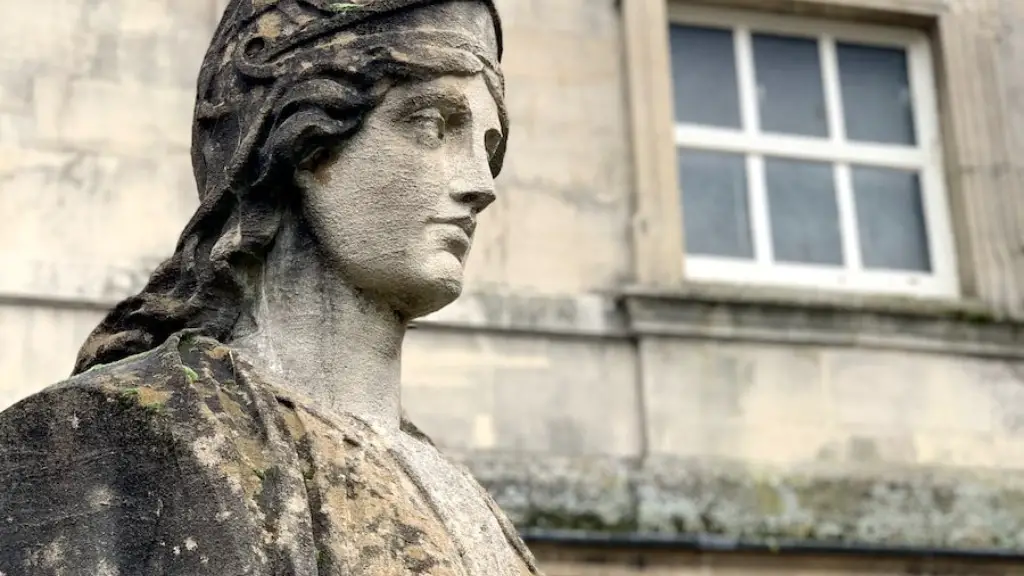Ancient Rome was an advanced civilisation that existed for more than 1,000 years and left an indelible mark behind. Boats were an essential part of this sophisticated civilisation and were used for various purposes such as fishing, transportation and military vessels. Boats were an integral part of the Roman Empire, which was at its most powerful during the period of its existence. While ancient Rome had several technologies that enabled boat building, including the adoption of the popular Greek trireme design, what materials were used to build these boats?
Boats in Ancient Rome were made with materials such as wood, iron and bronze. Wood was the main material used in boats during this period. In many cases, ships were made out of pine, oak and fir trees, and the size and shape of the ship would determine the timber used. Oak and fir were used in the construction of larger vessels while pine or willow were used for smaller boats. Iron nails and a protective layer of pitch were also used to ensure the ship’s strength and durability.
The use of bronze for boat building in Ancient Rome was primarily for decorative purposes. Bronze sculptures often adorned the vessels as well as a number of other artistic elements such as decorative shields, whilst iron staples and nails held the ship together. Another popular material used to improve the ship’s strength, appearance and longevity was lead. Lead was used for additional protection and to reduce the damaging effects of the salty seawater. It was also used for anchoring purposes and to improve the overall weight distribution of the vessel.
The Romans also had the advantage of advanced technologies such as ropes and chains, both of which were used to secure the parts of the ship. Ropes were made from horse hair which was an ideal material for the construction of large vessels. Chains could also be used as they were less liable to break than rope. Sail technology was also an important component of the boat’s design. The technology used for creating strong sails was an important factor in the development of vessels. The materials used for creating sails consisted of wool, cotton, flax and hemp.
Although there were advanced engineering techniques in Ancient Rome, the majority of boats were still built using more rudimentary techniques such as caulking and lashing. Caulking was the practice of using a wax-like substance to make the planks watertight and lashing was attaching ropes tightly between two planks. Moreover, some vessels would also use pitch, pitch mixed with wax, or even red lead for protection. All of these techniques were essential for keeping boats waterproof and helping them stay afloat.
Ancient Rome had an incredibly advanced and sophisticated boat manufacturing industry. Wood, iron, bronze, horse hair, lead and sails were the main materials used in the construction of boats. Furthermore, the advantages of advanced technologies such as ropes, chains and caulking, as well as the use of pitch, pitch mixed with wax, and red lead, meant that boats were able to withstand the harsh environment of the sea.
The Role of Boats in Ancient Rome
Boats in Ancient Rome played a vital role in daily life, as the sea was an integral part of the economy and transportation. Boats served to transport goods, people, and military personnel along coastal areas. Fishing was an important activity and a source of income for many families. Trade vessels and war ships were also a crucial part of Roman society. Merchant vessels were used to transport goods to different ports, while warships were used to maintain Rome’s dominance in the Mediterranean Sea.
However, most boats in Ancient Rome were used primarily for fishing purposes. Fishermen would sail in boats equipped with a variety of fishing equipment such as nets and harpoons. Additionally, boats were also used to collect shells, coral, and other items from the sea. This was particularly popular among the wealthy classes, who used these items to adorn their villas and gardens.
In addition to this, boats were also used for recreational activities such as racing. Boats in the Roman Empire competed against each other, with competitors attempting to complete the race in the shortest amount of time. This was an incredibly popular event and attracted crowds from around the region.
Overall, the use of boats in Ancient Rome was a pivotal part of daily life. Boats were used for both commercial and recreational purposes and were an indispensable part of the society. They also played a crucial role in Roman warfare and trade activities.
Conclusion
The boats used in Ancient Rome showcased the technological capabilities of the civilisation. Wood, iron, bronze, and other materials were used in their construction, while advanced technologies such as ropes, chains and caulking ensured the ships’ waterworthiness. The vessels were used for both commercial and leisure activities, ranging from fishing to racing, with trade vessels and warships playing an essential role in the Roman Empire’s dominance. Boats were an integral part of Ancient Rome and helped shape this wonderful civilisation.
Types of Ancient Roman Boats
The boats used in Ancient Rome differed in terms of size and design. The most common type of boat was a small fishing boat, known as a scapha. This was a light and versatile vessel, which could accommodate up to four people. It was usually paddled, and also featured a sail for additional speed. Larger vessels included trade vessels and warships, which were typically propelled by both sails and oars.
The most popular warship in Ancient Rome was the trireme. This warship was designed for speed and manoeuvrability and was powered by a crew of up to 200 oarsmen. Additionally, these vessels also featured sails and a battering ram, which was used to ram an enemy ship. Other popular vessels included the quinquereme, the liburna, and the bireme. All of these vessels were used to maintain Rome’s naval dominance.
Overall, the variety of boats used in Ancient Rome was impressive. This included small fishing vessels, trade vessels, and warships, all of which played an important role in both daily life and warfare. Boats were an intricate part of life in Ancient Rome.
The Decline of Boat Building in Ancient Rome
The boat building industry of Ancient Rome was at its peak during the Roman Empire, however, it slowly declined as the Empire started to weaken in the 5th century AD. As the Roman economy decreased, the demand for boats began to decrease, leading to a decrease in the production of boats. Additionally, as Rome’s power weakened, it’s naval strength was no longer as dominant, leading to a decrease in demand for vessels for military purposes.
The decline in boat production also resulted in a lack of new innovations in boat building technology, leading to the stagnation of the industry. This was particularly evident in the switch from wood to iron. While wood was the material of choice for boat building, iron was too expensive and difficult to obtain. This meant that the production of iron boats was limited and confined to wealthier classes.
Overall, the boat building industry in Ancient Rome was an important part of the economy, however, as the Empire began to weaken, so did the industry. This happened due to a variety of factors, such as the decrease in demand for boats, the lack of new innovations, and the difficulty in obtaining iron. Despite this, Roman boats still played an important role in their society and left behind a lasting impression.
Impact of Ancient Rome on the Modern Boating Industry
Ancient Rome’s boat building industry had a major influence on the modern boating industry. Ancient Romans were amongst the first to use rope, sails and chains in boat construction. Furthermore, their boat designs were based on the Greek trireme, which was an incredibly efficient and fast vessel. This design has been adapted in the modern age and is still used today on vessels such as sailboats and yachts.
Roman shipwrights also pioneered the method of caulking and lashing, which is still used today. This technique is used to make planks watertight and to keep the boat afloat. Similarly, pitch was used to make the boat more durable and to protect it from saltwater. This technique is still used in boat construction today.
The Romans also had a major influence on the metalworking industry. They developed techniques to work with iron, brass and bronze which were used to create decorations and ornaments on ships. This metalworking expertise has been passed down through the generations, with these techniques still used in the construction of boats today.
Overall, it is clear to see the major impact of Ancient Rome on the modern boating industry. Their pioneering techniques and designs have been adapted and used throughout the years and still remain relevant in the modern age. Their contribution to the boating industry has been highly beneficial and is still evident today.





